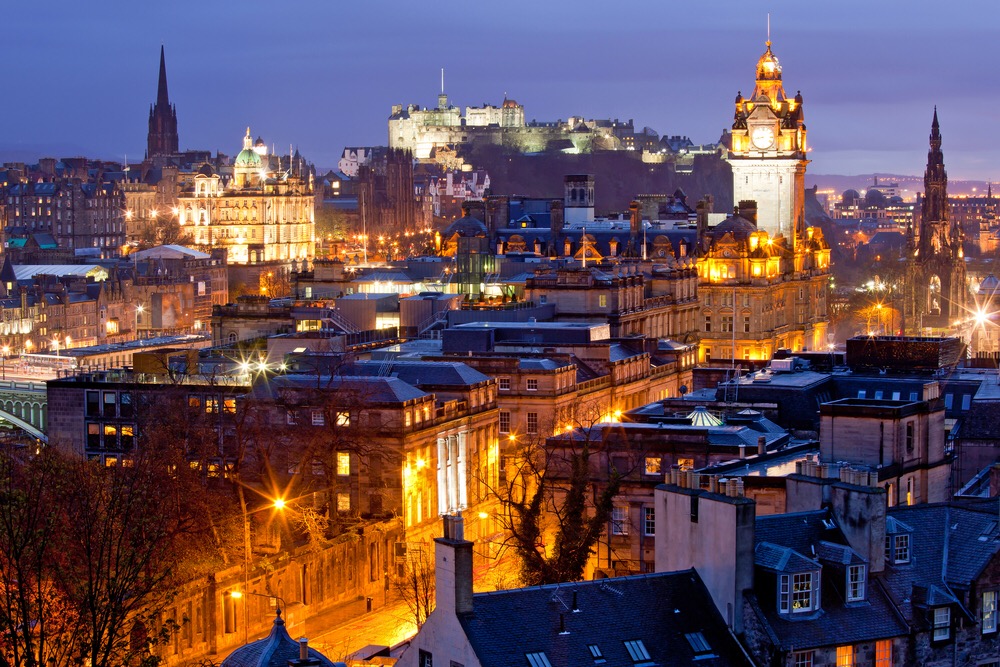The last two days I’ve been in Edinburgh talking with academic colleagues, civil servants, activists and think tankers, journalists and interested others about deliberative systems. I’ve been interested in applying deliberative systems thinking to get a handle on the quality and extent of public debate in the run-up to, and beyond, last year’s Scottish independence referendum.
I stress the “talking with” part. It’s been a remarkable two days because I’ve been listening and learning as much as talking and debating. This is because Scotland is a hot-bed of development for deliberative and participatory democracy following the “indyref”.
The events — a public lecture followed by small group discussions and questions, and a smaller workshop on the ideals for large-scale deliberation — were organised and hosted by the Academy of Government at Edinburgh University, especially the inextinguishable Oliver Escobar. My sincere thanks to him and all the team, and to all the busy people who gave so generously of their time and insight.
Here’s a wee taste of what I learned.
- The indyref debate included a government consultation process called “The National Conversation”, but pretty much everyone rejected that label. It felt too “managed”, whereas what was really important was the fact that much of the debate had mixed origins – historical debates, yes, but social movement activism, think tank leadership, artistic interventions, and just groups of friends mobilising and communicating, often via social media. The government was there, but in the background, in some sense deliberately creating a vacuum into which civil society rushed in. Most political parties, traditional media and formal campaigners were often clueless about the social processes going on around them, often despite them.
- That grassroots and social movement activity was what gave the debate its character – it was about the kind of democracy, the kind of society, that Scots wanted, and the independence question was subordinate to that. Mainstream media only caught up with that fact about a week before the vote, and that both caused frustration and forced people to communicate more directly.
- The formal, yes/no referendum was both a boon and a bane – it narrowed the issue to a single question which, given the nature of the debate, was not what people were really concerned about; but it provided a hugely significant decision moment without which the intense, widespread discussion would not have happened. It would have bubbled away under the surface, or in small circles of believers and activists.
- The debate seems to have reached and involved huge numbers of people in quite sophisticated ways. While still the evidence is quite anecdotal, and needs to be systematised; and while it was certainly the case that the educated middle classes engaged and voted far more than the marginalised; it was also the case that turnout was high right across Scottish society, and many people had stories of ordinary, working class people asking perceptive, probing questions on everything from 10 year bond yields to local governance. Women’s groups, often ad hoc, were particularly important in spreading information, questions, ideas and visions.
- While those affiliated with the “No” campaign have largely dispersed, other groups – “Yes” and neutral arbiters alike – have persisted because they are NOT just focused on independence. They are focused on all those other issues on which people focused, from about 18 months out from the vote.
- The key issue that is now exercising government and social movements alike is how to harness that energy and move forward, but they are very much aware of two tensions. The first is between the desire not to “manage” the whole process and thus kill it by excessive state involvement, and the recognition that direct public participation needs facilitation support, financing, attention, and being plugged into the power socket of the state. The second is between the urge to redesign Scottish democracy from scratch, and the thought that relatively small tweaks can have far-reaching consequences.
I presented a few ideas about what those tweaks might entail – a PDF of the slides are here: Parkinson Edinburgh AcGov Lecture. Other ideas are in my 2006 book, Deliberating in the Real World. But the hope is that I’ll get some funding to tell this story in much more detail, and to compare it to other attempts to spark national conversations. As Scottish government officials stressed, no-one has been capturing the history of these momentous and exciting times. I hope to be back in Edinburgh next year to start the process in some more detail.

Leave a comment